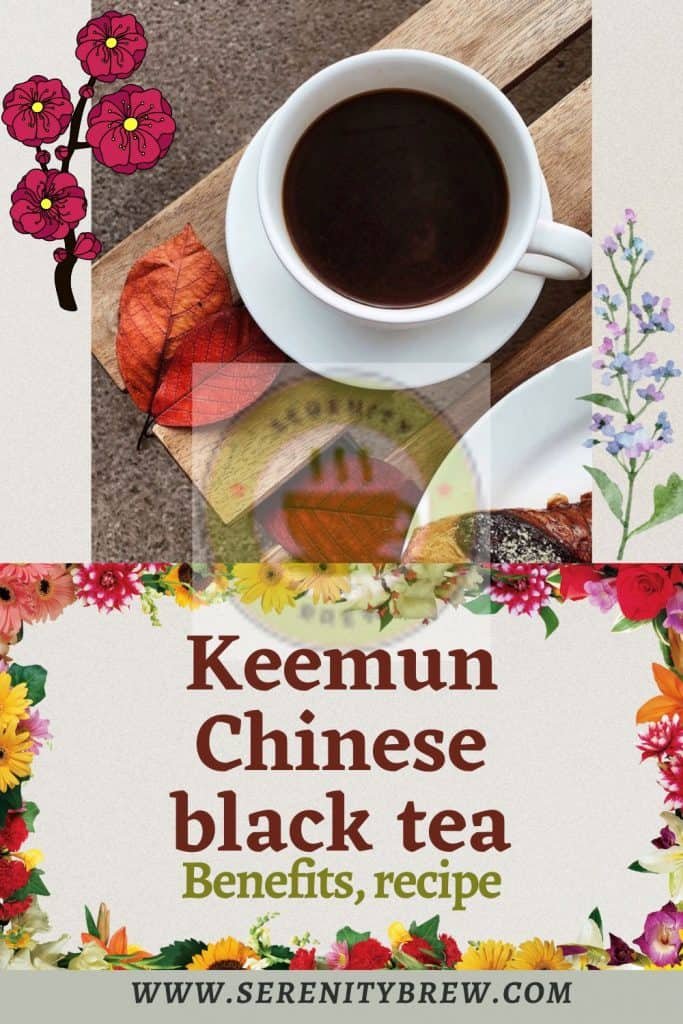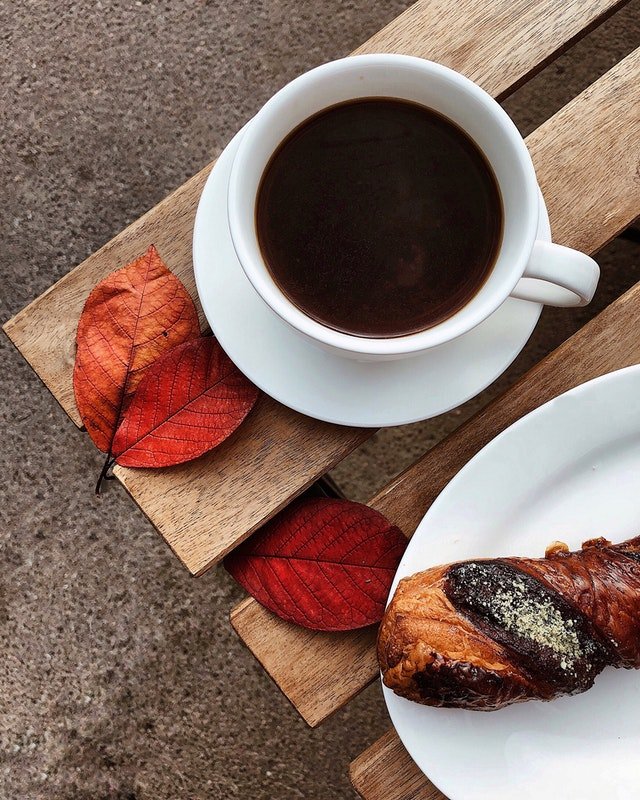
Keemun is the name of one of the best black teas in China, have you heard of it? The scent of him, his body, and the complexity of him make for a wonderful sensory experience.
Originally from Anhui, a province in the east of the country, this black tea was named after the county where it is produced: Qimen. Thus, Keemun is a deformation of that name. It has been made between the Yellow Mountains and the Yangtze River since about 1875.
Legend has it that its production was the result of the error of Yu Quianchen, a public official who wanted to establish the cultivation of black tea in the region. However, some calculation errors converged so that the tea obtained was not similar to anything before. Little by little, the Keemun began to gain popularity, being used in mixtures such as the well-known English Breakfast , although it is well worth tasting it alone.
Will you join us to discover everything about this wonderful and fragrant black tea?
Varieties of Keemun black tea
As with all teas, there are different varieties of Keemun. The most important ones are:
- Mao Feng: with a very mild and sweet flavor, it is prepared with the leaves of the first harvests of the season. It is one of the most select varieties.
- Hao Ya: with intense and concentrated aromas, it is another of the best types of Keemun.
- Xin Ya: It is the least bitter of all when prepared with early shoots.
- Congou: This variety is used specifically for the tea ceremony (Keemun Gongfu).
Keemun Tea Flavor
In general, by infusing the dark Keemun leaves we achieve an amber-red infusion in the cup and a sweet and spicy flavor, with a very slight astringency that is present at the end of each sip.
It stands out for its slightly smoky aroma that, in some cases, can remind you of tobacco. If we pay attention, it is possible to find certain notes of cocoa and fruit in its aroma.
How to prepare a perfect cup of Keemun?

Keemun is an exclusive variety of black tea that is usually only found in specialized stores.
As we always point out to you, it is important that you pay special attention to the temperature of the water and the time of infusion to get the best possible use of each variety of tea that you taste.
Ingredients
- 2g of Keemun black tea.
- 1 cup of water.
Elaboration
- Heat the water to 95º. You can use a kitchen thermometer to get the temperature right.
- Add about 2 g of tea leaves for every cup of water.
- Let stand a maximum of 5 minutes. The rest time is related to the flavor you want to obtain: the longer the infusion time, the stronger the tea obtained. We recommend a minimum of 3 minutes and a maximum of 5 minutes.
Note: Remember that it is possible to infuse the leaves more than once. However, you will need to increase the rest time each time. We advise not to infuse more than 3 times.
Although Keemun is a tea that can be drunk neat, it works very well to accompany any sweet or savory meal. Its flavor is robust enough to pair well with jams, breads, and even meats.
What do you think of this variety of black tea? Have you heard of him? Dare to try it. There is nothing better than tasting different teas because the taste is in the variety!
Keemun Production
Keemun black tea is made from the leaves of the Camellia sinensis tea tree, but did you know that up to 8 different types of leaves are used to prepare its varieties? It is said that those with a small red vein will give rise to the best Keemun.
The leaves are collected manually and, as we have already pointed out, each type of leaf (bud, bud, small leaf, large leaf…) will give rise to a different tea, all included in Keemun black tea.
Once collected, the leaves undergo a classification process and then go through mechanical processes that tear them to promote oxidation. In particular, these leaves deliberately oxidize and wither slowly in rooms prepared for this purpose.
The next step is the fermentation of the leaves. This is carried out in hot chambers that have between 15 and 28°C and 90% humidity. This treatment allows both the flavor and the aroma to be nuanced and softened.
Once the desired point is obtained, the drying process begins, which stops oxidation and allows the aromas, colors and flavors of each type of tea to be maintained. Thus, the tea leaves are first rolled and then dried over a wok placed over fires. Finally, the sheets are sorted again, in this case to determine if they belong to class A (the highest) or class B (or standard).
